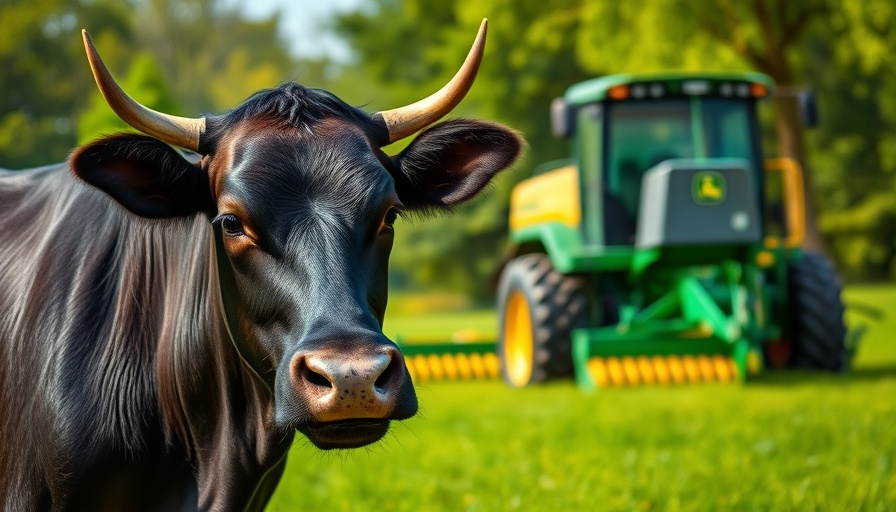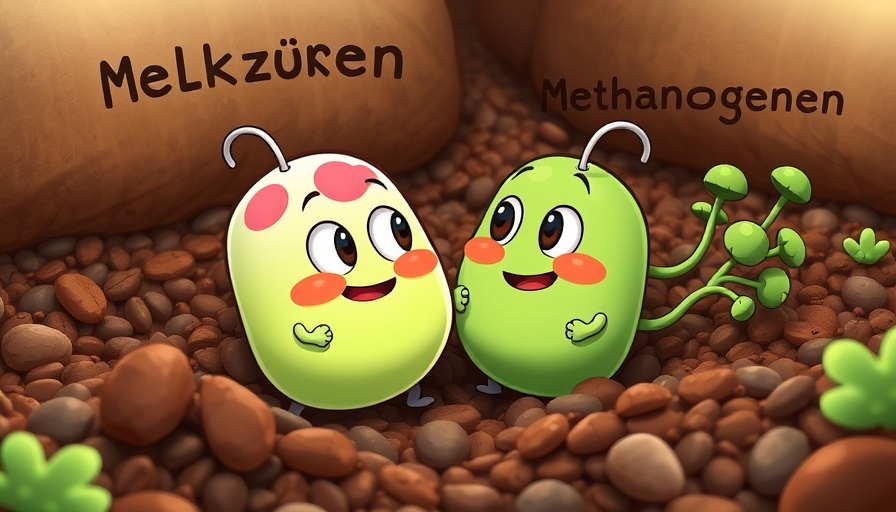
The Declining Mineral Content in Grass Silage: A Cause for Concern
Recent analyses reveal a troubling trend in the mineral content of grass silage, posing significant implications for dairy farmers. Eurofins Agro has published data indicating a marked decrease in essential minerals and trace elements, particularly phosphorus, selenium, and copper, in forage over the past few years. These minerals play a critical role in maintaining the health and productivity of livestock, making their deficiency a pressing issue for agrarians.
Understanding the Implications of Mineral Deficiencies
A deficiency in minerals like phosphorus can lead to serious health issues in dairy cattle, such as reduced fertility and weakened bones. According to Royal GD, up to half of dairy farms facing health problems could be linked to mineral shortages. The average phosphorus levels in grass silage have recently hovered around 3.2 grams per kilogram of milk, inching closer to the desired target of 3.3 grams. However, in spring silages, these levels keep declining, reflecting broader environmental impacts like drought and nutrient runoff.
The Role of Soil Type in Mineral Retention
Soil condition proves to be a major factor in the declining mineral levels in forage. Coen van Sterkenburg of AgruniekRijnvallei emphasizes that different soil types, like sandy versus clay soils, drastically affect mineral retention. Clay soils tend to hold onto minerals much more effectively compared to sandy soils, highlighting the importance of top-soil management and pasture selection.
Evidence from Historical Trend Analysis
Since 2007, there has been a consistent decline in both selenium and copper levels in forage. In fact, only 1% of grass silage samples recorded sufficient copper levels in 2024, while selenium met the target in just 11% of instances. Both minerals are vital for enzyme functions in animal metabolism, leading to fertility issues and lower milk production when deficient.
Enhanced Strategies for Mineral Management
To tackle these worrying trends, dairy farmers may need to consider new nutrient management strategies. Factors such as soil amendments, precision fertilization, and diversifying cropland could enhance mineral density in grass silage. Collaborating with agricultural extension services for tailored solutions can also play a pivotal role in restoring mineral content to sustainable levels.
The Future of Dairy Farming Amidst Mineral Decline
As agrarians face challenges posed by climate change and fluctuating soil health, a proactive approach to mineral management will be essential. Observing how mineral content trends evolve over the next few years will determine the long-term viability of dairy herds, and thus, the economic health of rural communities reliant on agriculture.
Conclusion: Why Action is Imperative
The dwindling mineral levels in grass silage are more than a trivial statistic; they signal a need for urgent action among agrarians. Implementing improved practices not only benefits livestock health but also enhances farm productivity and sustainability. Farmers must remain vigilant, educated, and adaptable in response to these trends to secure the future of their operations and the industry as a whole.
 Rij toevoegen
Rij toevoegen






Write A Comment